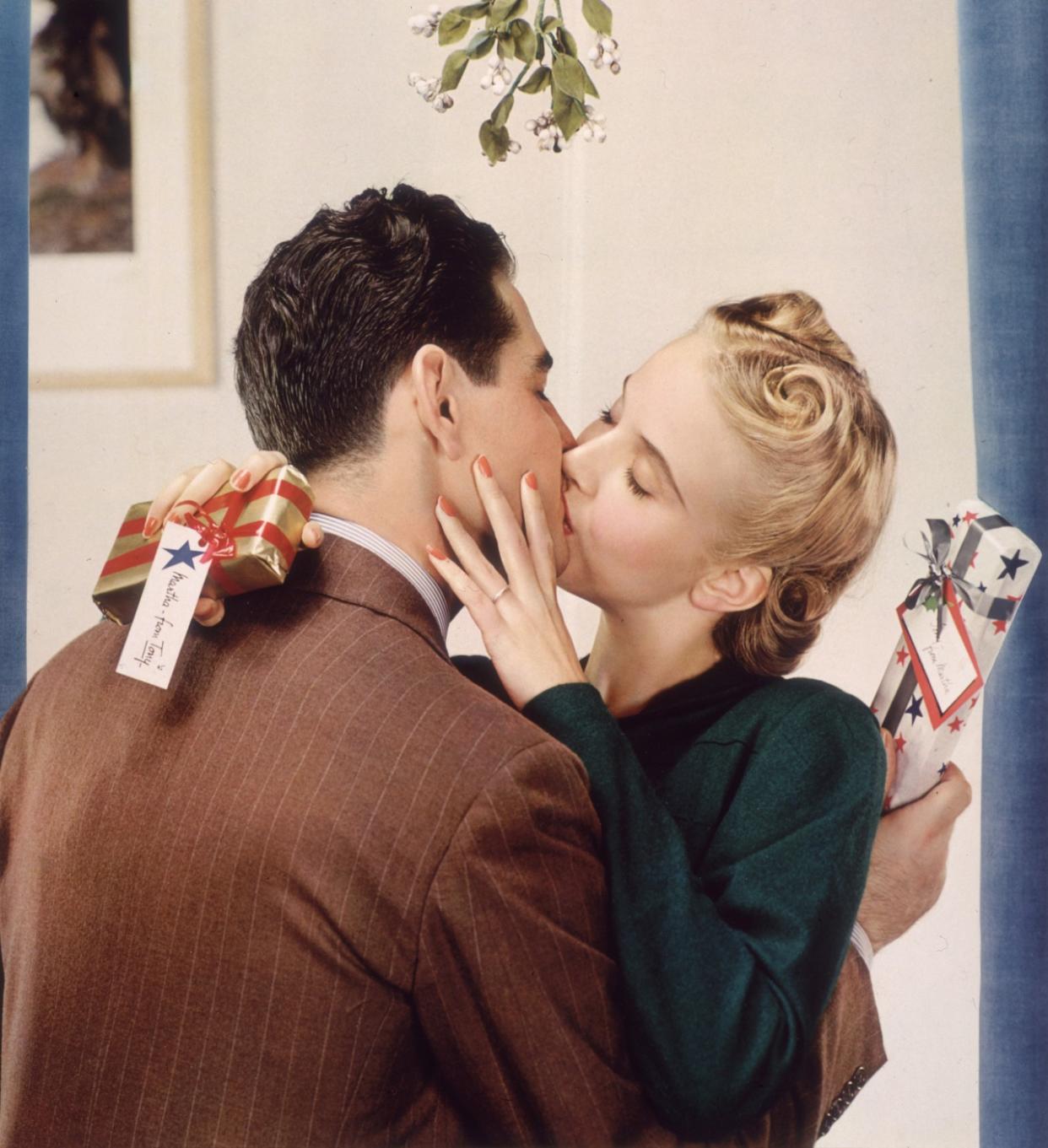The Most Popular Holidays to Conceive a Baby

Good times to make a baby include moments when you’re not stressed, when you (or your partner) are ovulating — and, apparently, when it’s Christmas or New Year’s Eve, which ranked No. 1 and No. 2, respectively, according to new findings from MooseRoots about which holidays have the highest rates of conception.
“Many believe these dates are completely random — a one in 365 chance for every person,” notes the genealogy website. “But as it turns out, the day you were conceived is likely not as arbitrary as you think.”
STORY: Student Punks Family With Hilarious Christmas Card
To give it some rhyme and reason, researchers used death records from official government archives and historic documents and crunched the numbers “to identify the most popular holidays to — ahem — start a family,” the website explains. They examined death records from 1936 to 2012 to identify the birth dates of more than 14 million people, then subtracted 38 weeks (the average pregnancy length) to estimate a conception date. Then the researchers mapped dates for 14 holidays, accounting for the varying lengths of pregnancy by extending each holiday to include the week before and after, and ranked them in order of popularity.
STORY: 10 Common Myths About Pregnancy
While some of the findings may be predictable — especially those that tend to revolve around hedonism like New Year’s Eve (No. 2), St. Patrick’s Day (No. 7), and Mardi Gras (No. 8) — others seem less obvious, such as Christmas, which came in at No. 1.
But they’re not surprising to Helen Fisher, a biological anthropologist and researcher with the Center for Human Evolutionary Studies at Rutgers University. “It makes sense from an evolutionary perspective,” she tells Yahoo Parenting, noting that while some animals have a specific breeding season and humans don’t, there are still times that make more sense for people to aim for a baby.
“The bottom line is that if it’s during November or December, the baby will be born in August or September, which is the peak of there being fresh fruit and vegetables and being able to take the baby outside,” she says. “So it makes sense from a Darwinist perspective.” Fisher adds that men in North America have their highest testosterone activity in November and December, a factor that “makes expression of sexuality more likely.”
But beyond the scientific theories, Fisher notes, “there are cultural forces at work.” Regarding Christmas, she says, “There’s no question about it: It’s a very festive time of year, and that drives up the dopamine system, which drives up the testosterone system, which is linked with a time of higher sex drive.”
Valentine’s Day, unsurprisingly, ranked high (No. 6) in the report. But other unexpectedly popular dates for conception included Thanksgiving (No. 3), Halloween (No. 4), Memorial Day (No. 9), Cinco de Mayo (No. 10), Easter (No. 11), and April Fool’s Day (No. 12).
Still, Fisher concludes, “these are celebratory occasions that are exciting, novel times of year, so it’s not illogical and fairly interesting.” Further, she posits, “I wonder if we even evolved some of these novelties throughout the calendar year to kind of ‘juice up’ our excitement at different times?” Either way, the findings certainly give hefty new meaning to mistletoe.
Photo at top: Getty Images
Please follow @YahooParenting on Facebook, Twitter, Instagram, and Pinterest. Have an interesting story to share about your family? Email us at YParenting (at) Yahoo.com.



